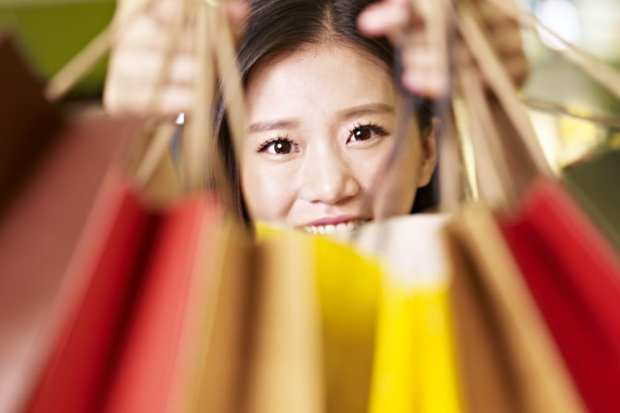Chinese Festivals Show Government Spin On Consumer Stimulus

The last time Chinese eCommerce companies collaborated for an online shopping holiday it was called Singles Day. Held on 11/11 and managed by Alibaba, in 2019 it took in $38 billion. It was also the likely inspiration for Amazon’s Prime Day, which took in $7.1 billion in July 2019. Chinese ingenuity may be striking again as the country is just now tallying its take from the “May 5th Shopping Festival,” which was part post-pandemic cheerleading and part discounting on steroids.
According to the Chinese government and China.org, the government launched the festival through the city of Shanghai. It was a truly omnichannel event, as the city’s shopping districts launched digital marketing promotions, covering products costing a few dozen yuan to expensive cosmetics. Cars that retail for several hundred thousand yuan were discounted up to 45 percent. While it was originally scheduled for a two-week run, the festival will run through the second quarter.
Says a statement from China.org: “Over the past few months, consumer spending in China — one of the world’s biggest consumer markets — dropped due to the COVID-19 outbreak. However, on the very evening that the ‘May 5th Shopping Festival’ launched, netizens across the country snapped up discounted goods, and some time-honored brands quickly sold out of certain products. Twenty-four hours after the Festival was launched, the gross merchandise value in the Shanghai area has exceeded 15.68 billion yuan ($2.21 billion), showing that China’s huge consumption potential is about to be unlocked again.”
Whether or not the potential is unlocked depends on a spending consistency that hasn’t actually shown up yet. Encouraging signs have come from Apple. Sales for the iPhone in the country took a 60 percent hit in in February this year as the pandemic took hold and stores closed. By mid-March they were open. Apple sold 3.9 million iPhones there in April, according to CINNO Research. That’s a 160 percent increase from March.
Other outlooks for the Chinese spending recovery are far more are far more conservative. “The overall economy has not yet returned to normal levels,” Liu Aihua, a spokeswoman for the statistics bureau, told The Wall Street Journal, warning that a global recession and domestic joblessness would pose “unprecedented” challenges for the Chinese economy.
Rather than inject stimulus funds as the U.S. has done, the Chinese government has encouraged the shopping festival concept. eCommerce platforms like JD.com and Alibaba have partnered with brick-and-mortar retailers to distribute coupons. The integration has been touted as a highlight of the May 5th festival, and has been supported by the mobile commerce as well.
“For example, during the coronavirus outbreak, livestreaming has fast become a popular sales method in China,” says China.org. “Live streamers have been selling real estate and travel packages, with one even auctioning a rocket launching service. It seems that there’s nothing that can’t be sold via livestream. Several platforms have also set up dedicated charity livestreams selling specialty products from Hubei, the province that suffered most from the epidemic, with many county chiefs in the province also participating to help promote and sell local products.”
Data shows that online retail sales of physical goods in China increased by 5.9 percent in the first quarter compared with the previous year. “This shows that the integration and interaction of online and offline retail is not only a highlight of the shopping festival, but also an important model for China to drive future consumption,” says the government.
